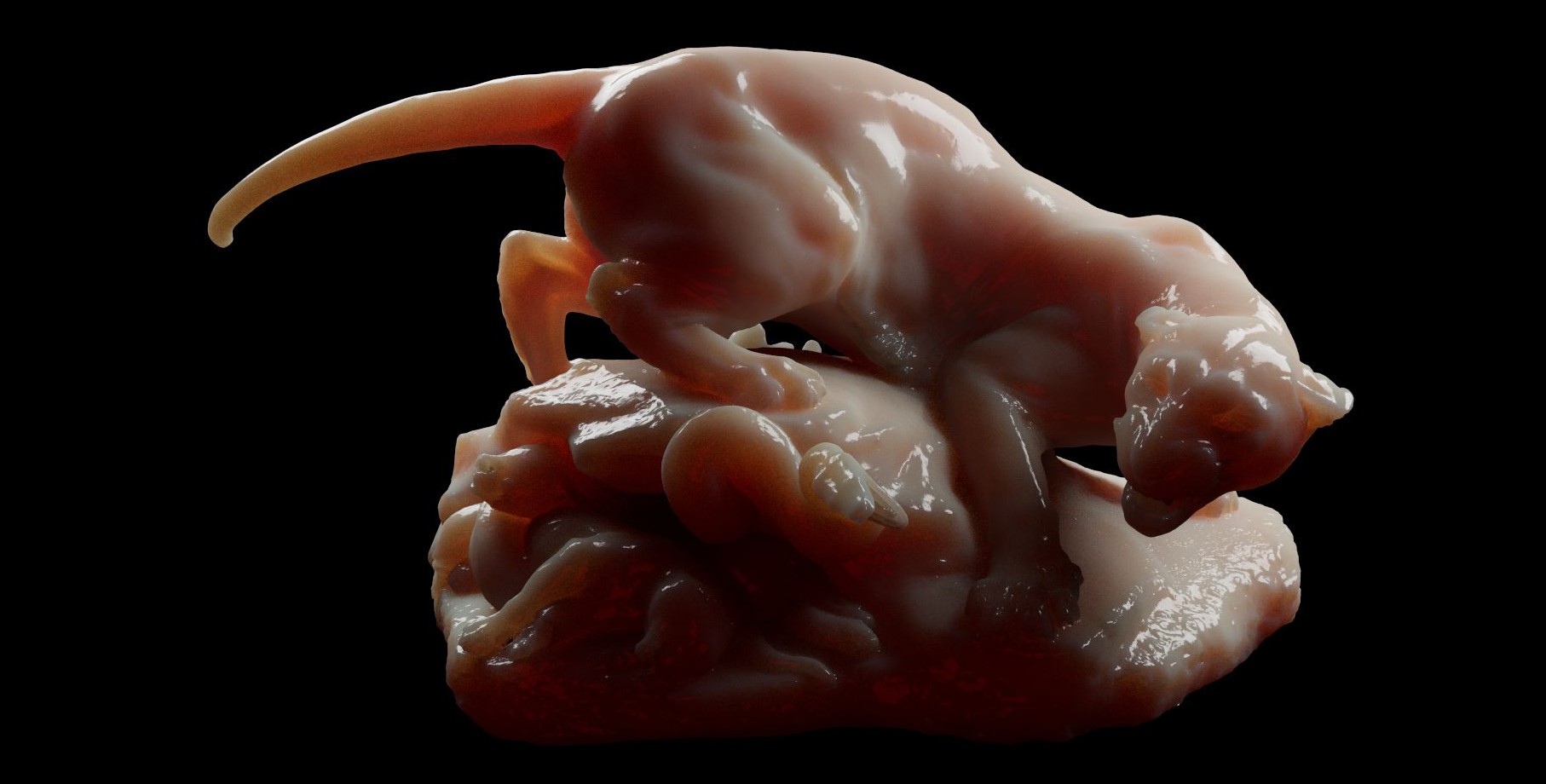New to 2020
A lot has changed in LightWave. Here is a curated list with links to pages that describe the features:
Pages describing features new to LightWave 2020 have the label New and the badge
Pages that have example content will have a download icon () that you can click on to download associated content
Layout
Scene Editor Improvements
Speed up your Scene Editor use with additions to Layout 2020.
Rotation Order
Rotation orders can now be changed in Layout.
Environment Lights
There is now a default Environment light in all new scenes.
Node Editor Workflow Improvement
You can now use the middle mouse button to scroll around the node editor's interface. No keyboard modifiers needed
FBX interchange
Updates to LightWave FBX imports and exports mean that interchange with other applications is better than ever.
OpenVDB
Additional tools for OpenVDB mean that the rendering and animation of simulations of complex particle systems are made simpler.
Instancing
New static Surface instance toggle speeds up surface instancing for Octane users.
Offset Normal system for nodal instance placement
New instances are by default use Local instead of World Transformation Handling.
Rectangular Arrays can be aligned directly in the interface, without needing a node setup.
OpenGL
Updated OpenGL shaders mean your work is closer than ever to the final render in the viewport.
LightWave 2019.1.4 OpenGL compared with LightWave 2020 OpenGL
Modeler
Local AC
Local Action Centers give new power to modeling.
Surfacing
New Hair materials for FiberFX
Examples of Principled and AFC hair by Mauro Corveloni
Two new hair shaders give users the choice of how best to create the look of their hair.
Improved SSS
SSS Panther by Andrew Comb
Turtle showing SSS, and tone mapping, by Tim Laird
We have added Random walk multi-spectrum subsurface scattering to the Principled BDSF material. Technicalities aside, this means better SSS for your renders.
Rendering
New Global Illumination methodology
LightWave has a revamped Brute Force GI engine and has added an Irradiance Cache engine. There's a new baking scheme, including a grid cache bake for scenes when you're not sure where the camera will go next.
Mobile NRC Monitoring
Applications for iOS and Android mean that you can monitor the progress of your render not chained to your desk!
Tone Mapping
Standard render, then rendered with the ACES Filmic tone map operator
Control the look of your rendered output.
Engineering Updates
There are several changes under the hood to improve LightWave. These won't necessarily be of immediate interest to the regular user, but third-party developers should be interested in the new possibilities.










